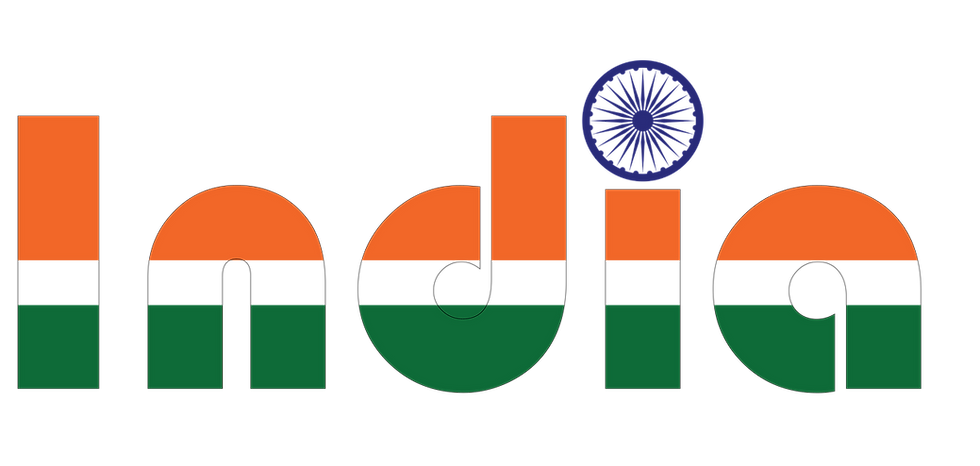Digital Health ID: Tackling grassroot level challenges holds the key
- radskam
- Sep 30, 2020
- 3 min read
On India’s 74th Independence Day, Prime Minister Narendra Modi announced the launch of Digital Health ID for every Indian as part of the National Digital Health Mission (NDHM). The finer details are yet to be worked out, but this marks another significant addition to India’s digitization charter, after UIDAI and UPI.

Put simply, the Digital Health ID is a unique 14-digit identifier that would store all the medical data of an individual – lab reports, hospital visits, discharge summary, prescriptions, insurance details etc. in a single unified system. So, in essence this is a repository of all health related information of a person. But does India really need a unique health ID and what is the relevance/benefits of having one?
India’s healthcare system remains fragmented and as a result all the medical records of a patient are stored in disparate systems. This not just increases the administrative burden for the care seekers and care providers, but also results in inefficiency and opacity. Digital health ID by linking various participants – hospitals, labs, pharmacies, insurance, telemedicine etc. offers a centralized repository. Much like the UPI, which lets a PhonePe or Paytm user to use the platform for a transaction using any linked bank accounts/cards, the Digital Health ID looks to integrate several private applications on a single government-owned interface. This would help eliminate duplication and streamline the healthcare information systems.
Secondly, by acting as a digital locker of all healthcare data, it does away with the need to maintain physical records, thereby improving accessibility. This makes it easier for patients to seek medical help anywhere across the country, regardless of their home location as they don’t have to fret over lost or misplaced files. Third, the use of big data, AI and open standards can help in learning disease patterns, predicting seasonal outbreaks, monitoring diseases, understanding hotspots, demographic/social clusters etc. and also in running targeted interventions. This treasure trove of data can be of immense help to researchers and policy makers while also offering practitioners rich real-time insights that can guide preventive healthcare.
However, in a country like India with a wide urban-rural divide and a miniscule healthcare spending (India ranks 184 out of 191 in terms of healthcare spend as a % of GDP at 1.1%), NDHM mission and goals look ambitious and challenging. Majority of the population currently do not have access to primary healthcare. India lags behind some of its poorer neighbours (Bangladesh) and even sub-Saharan countries such as Sudan and Guinea on healthcare access and quality. Further, health literacy among the rural populace is significantly low, creating grassroot level challenges for implementing a citizen-centric, technology-driven initiative such as the Digital Health ID.
The bigger challenge will be the inclusion of the private sector. In addition to the technical and administrative hassles that would accompany the creation of interoperable systems, the apprehension of getting tagged to a government-owned platform might hang in on the elitist, exclusive private healthcare sector – a perception that may be hard to part away with.
Above all, with India still lacking a law on data protection, privacy risks galore. Unlike Aadhar, digital health IDs will be available under a voluntary opt-in system that will have an option to opt-out as well. But the fact that all the data will be stored in a cloud-based access system, throws it open to hackers and cyber crooks. Ethical issues pertaining to use of data, breach of privacy, and dealing with social stigma are going to present significant challenges for the NDHM.






Comments